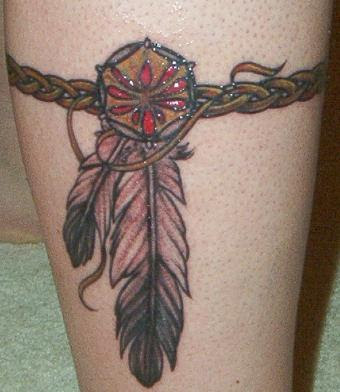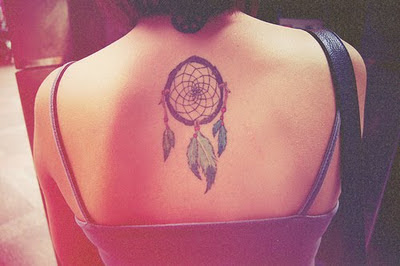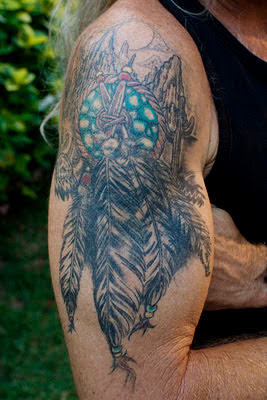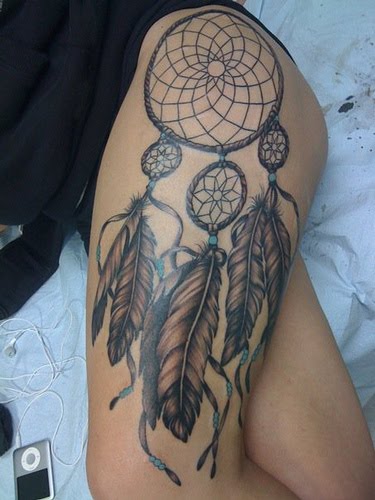This isn't going to be a story about how I chased some Pocahottie down the street yelling about the history of colonialism and subordination of Native peoples, or how I ripped a headdress off a huge guy and stomped it in the mud in the name of justice (Actually, I did that one time at a football game. Not recommended.). This is me needing to get some stuff off my chest about the way that my series of Halloween posts were received on the internet, the way I approached the issue of Indian Halloween costumes, and how I'll move forward (and do better) from here.
So, a quick recap. Wednesday, October 26th, I posted an
"Open Letter to Pocahotties and Indian Warriors this Halloween." I wrote it in about 30 minutes or so, writing completely from a place of borderline activist fatigue. I knew that a post where I attempted to reason with the dominant discourse that says "dressing like Indians=totes ok" wouldn't work. So I went for the purely emotional argument, knowing full well that I was baiting the haterz, and would probably not receive an overwhelmingly positive response.
What I didn't expect was nearly 6,000 shares on Facebook, 19,000+ pageviews, and over 300 comments (before I shut them down). All of a sudden, people who don't know me, don't know this blog, don't know the things I talk about day in and day out, were saying things about me that were harsh and horrible (I know, woe-is-me, wah wah, I-put-it-on-the-internet-I-should-deal-with-it), and I'll be totally honest, it scared me a bit.
So I followed the emotional appeal with a post that showed
the in-your-face racism for sale in the form of Indian costumes, and surprise, surprise, none of the people so eager to hate on my feelings and my opinion ventured to tackle the actual costumes that I find so egregiously offensive.
But I want to go back to some of the things I said in the original post, and clarify. Most of you don't know this, but my doctoral work is in education. My research focuses on access to higher ed for Native youth, and my goal is to produce research that re-frames the stories about Native students from a deficit perspective to a positive, success based approach. I'm sick of everything that paints Indian Country as this solely desolate and hopeless place, when I see so much strength, joy, excitement, and hope coming from the kiddos I work with. That being said, I totally went for the deficit approach in my Open Letter, and it's been bothering me.
I played the
Oppression Olympics card--"You don't know what it's like!" "Hunger! Unemployment! Sexual Assault!" "We have it so bad!" "You are oppressing me!!" When plenty of other communities of color and marginalized groups
do know what it's like. It doesn't do us any good to fight over who has it worst.
I also feel like I mis-represented myself a bit too. I am a proud Native woman, and I know what it feels like to feel invisible, to feel marginalized, and to feel silenced. But I've also written many times before about how I also have a whole-lotta privilege of my own, being really mixed (i.e. looking white), growing up in a suburban area where I was afforded a gazillion opportunities, and attending prestigious universities for my education, where I've been able to sit and read piles of critical theory and develop my angry/activist lens. So I know what a lot of it is like, but I also can walk through my life without anyone ever knowing I'm a Native person. I don't know what it feels like to live on a reservation, to experience the direct effects of racist governmental policies. So I don't like being seen as "the voice" of Indian issues. Because my voice is only one Indian voice, one perspective. There are 4.1 million Natives in the US, and there are 4.1 million different ways this blog (and that post) could be written.
But I was just so tired of fighting. I just wanted someone to not only hear me, but to
listen. Do I regret posting it? Absolutely not. If I managed to start 6000 conversations about Indian costumes, I did my job. Would I have approached it differently today? Probably. But I still stand by everything I said. That's how I feel. Do I feel better having clarified things in this post? Absolutely.
Moving forward, I want to make sure I re-frame many of my discussions away from a deficit perspective. I think it's important for my non-Native readers to understand the realities of contemporary Native life, but I also think that only relying on those tropes furthers negative stereotypes as well. So I'll try to strike a balance. I'm also going to develop a commenting policy, probably a lot like
Racialicious's, so we can have actual, productive conversations in the comments, rather than dealing with racist trolls who don't know what they're talking about. yay.
TL;DR version (aka a summary):
I wrote a post about Indian costumes. It went viral. People were mean. I felt like I relied too much on negative stereotypes of Indian Country to make my point. I feel like I wrote like I know everything about being Indian and Indian issues. I don't. Now I feel better. Thanks.
PS- This is my 250th post on Native Appropriations! Cue the confetti!!























